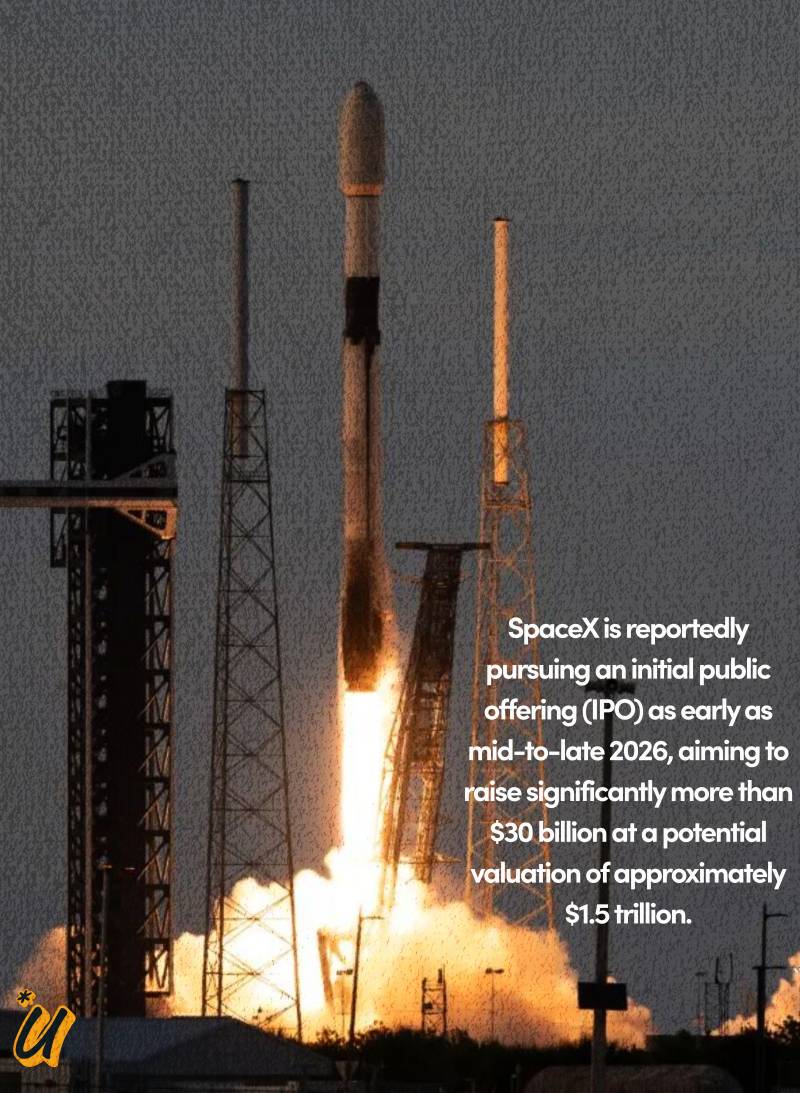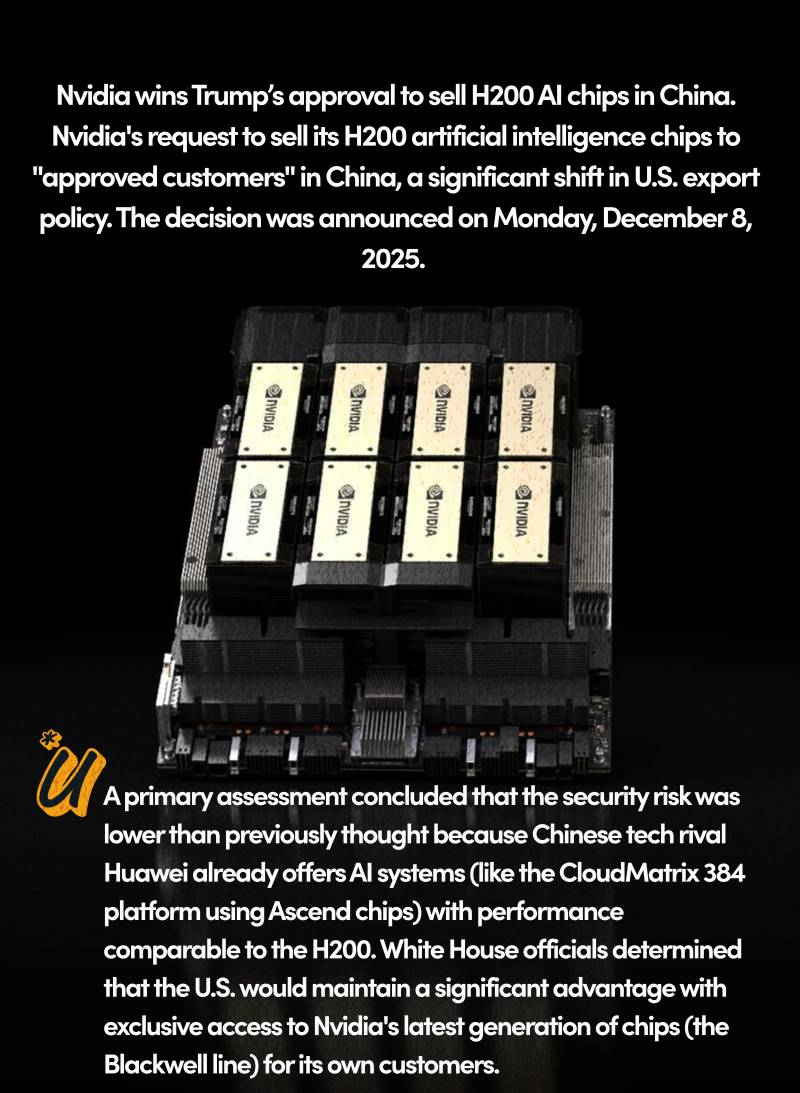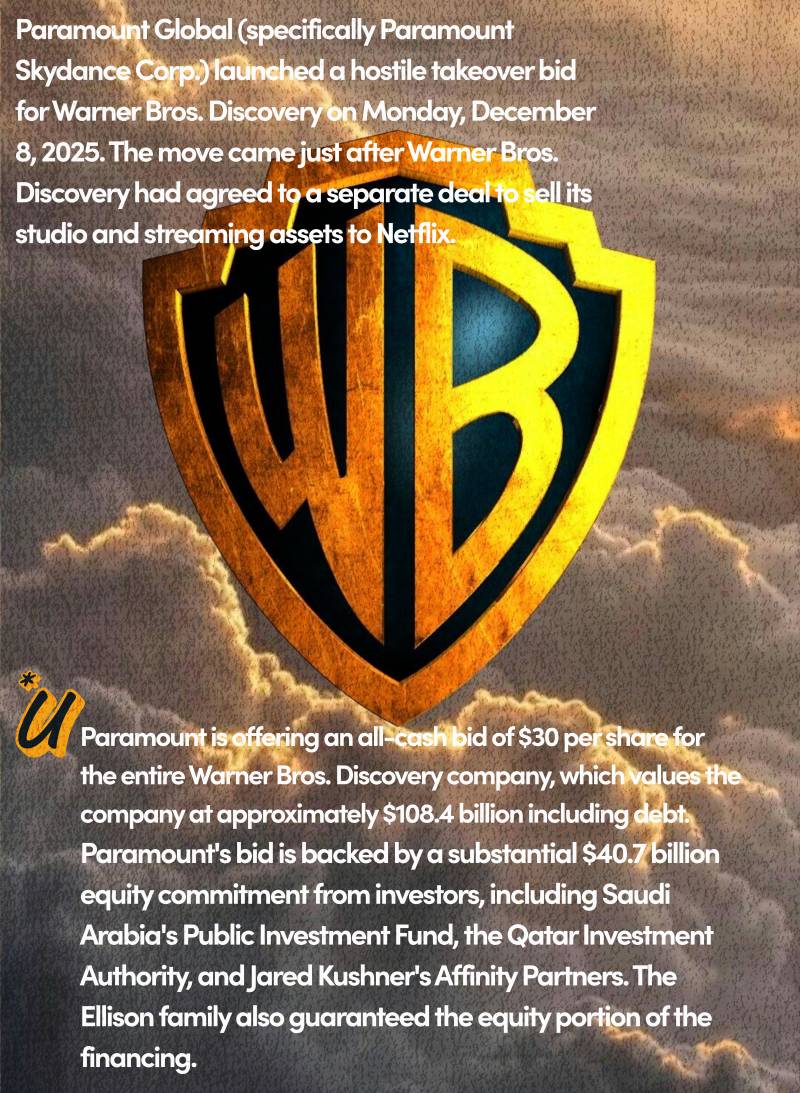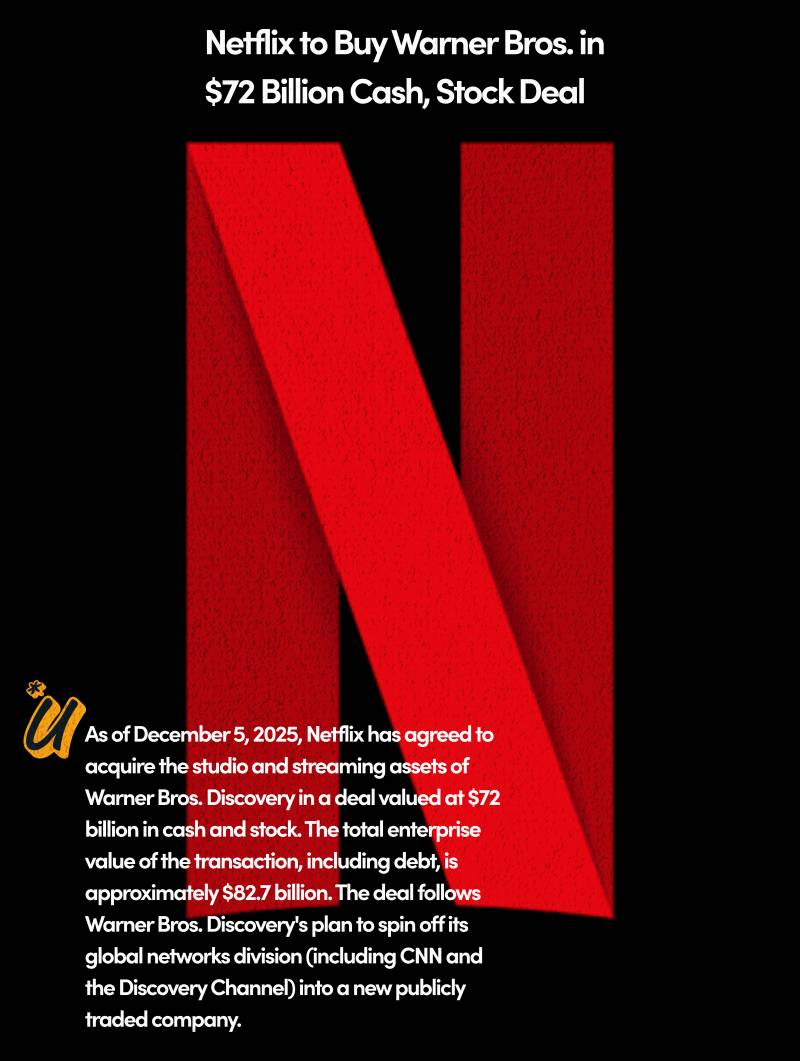Although the Fifth-Generation (5G) network is still in its early days and the full potential of the technology is far from being realised, the mobile industry is already preparing for what comes next given the typical 10-year technology cycle.
While 5G promises download speeds many times faster than current speeds offered by 4G Long Term Evolution (LTE) networks and significantly lower latency times, 6G is set to raise the bar even higher, with much faster speeds and increased bandwidth to keep consumers more connected than ever before.
According to the Global System for Mobile telecommunications Association (GSMA), there has been a flurry of announcements related to 6G in recent months, with governments and industry players outlining plans to move the concept beyond just a vision to identify use cases and roadmaps.
The ITU-R 6G Vision Group has been tasked with defining the technology and its capabilities as the industry progresses towards 6G standardisation, according to the GSMA. Orange has also detailed their vision for future 6G use cases, such as holoportation and large-scale digital twin technology.
The GSMA's Mobile Economy Report 2022, obtained by The Guardian over the weekend, stated that the Chinese government intends to prioritize 6G development until 2025 in order to incorporate 6G into its overall digital strategy.
According to it, the Next G Alliance has begun working groups on the 6G roadmap and 'Green G' in North America (focused on achieving energy efficiency).
According to the GSMA, the University of Texas has established a 6G research center (6G@UT) with the assistance of AT&T, Samsung, Qualcomm, Nvidia, and InterDigital. Oppo has also formed a research team to perform preliminary study on 6G technologies.
According to the article, MIT and Ericsson have formed a research alliance to develop new hardware for 5G and 6G networks.
"It is worth noting that, despite increased interest and commitment to 6G, the mobile industry is now focused on 5G deployments and use cases." Because it takes nearly a decade to move from research to commercialization, today's 6G discussions are urgent and necessary to assure fair chances and a global approach to 6G standards and development, according to the GSMA.
The GSMA, which represents the interests of over 750 mobile carriers globally and almost 400 companies in the larger mobile ecosystem, stated that 5G has gone mainstream in many pioneer nations (particularly China, South Korea, and the United States) and is making significant progress elsewhere.
It predicts that by the end of 2021, 176 mobile providers in 70 markets around the world will have started commercial 5G services. There are 68 operators who provide 5G fixed wireless access (FWA) services. According to the organization, 5G adoption is also increasing and will reach double-digit levels this year on average.




